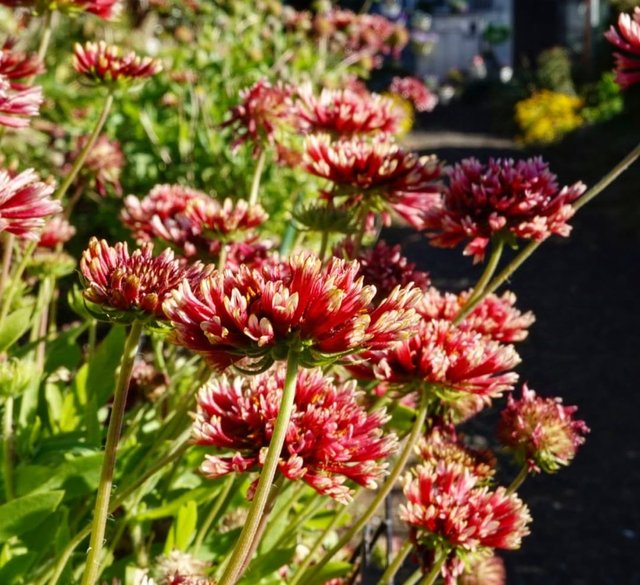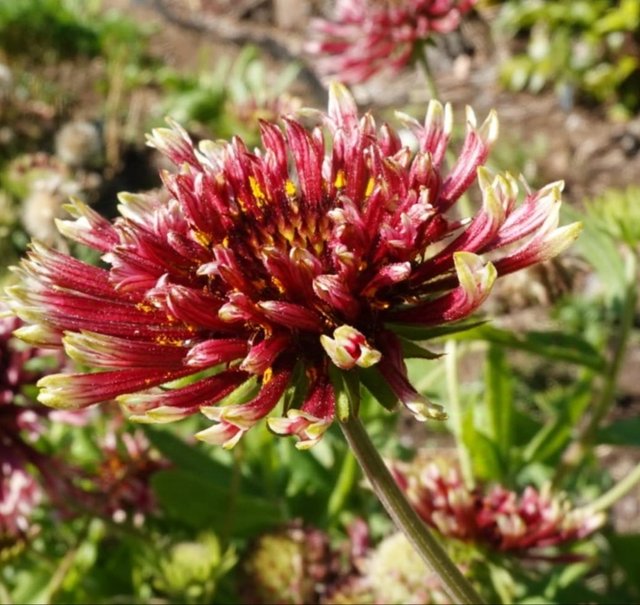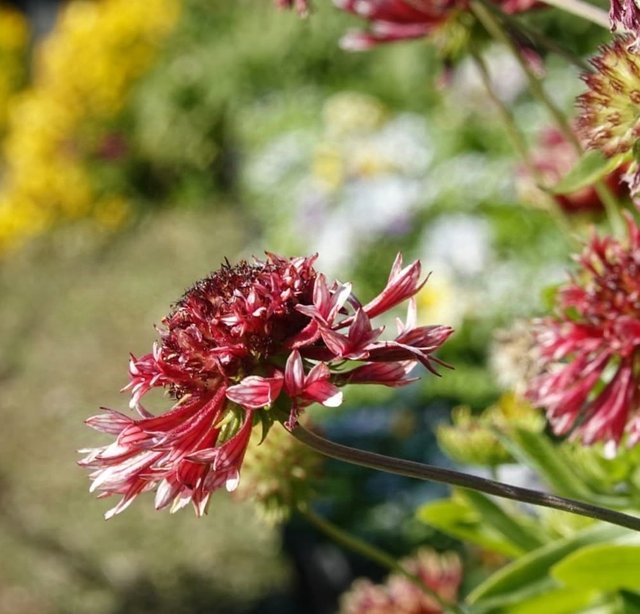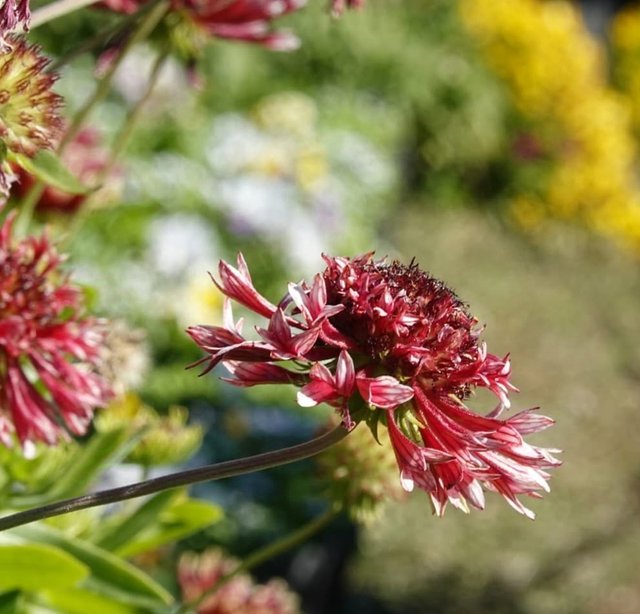So Beautiful Lanceleaf Blanketflower
Lanceleaf Blanketflower: A Resilient Beauty in the Garden
The lanceleaf blanketflower, a native North American wildflower, is a beloved choice among gardeners and nature enthusiasts. Known for its striking appearance, adaptability, and ecological benefits, this plant is an excellent addition to gardens aiming to attract pollinators while showcasing vibrant blooms.
Botanical Characteristics
The lanceleaf blanketflower is a member of the Asteraceae family, sharing lineage with daisies, sunflowers, and asters. Its defining feature is its narrow, lance-shaped leaves, which set it apart from other blanketflower species. The plant typically reaches a height of 12 to 24 inches, forming a low, clumping habit that complements mixed wildflower meadows and borders.
Its flowers are a stunning display of yellow, orange, and red hues, with a single or bi-colored ray surrounding a central disk. These blooms appear from late spring through early fall, providing a prolonged burst of color.
Habitat and Native Range
Lanceleaf blanketflower thrives in a variety of environments, including prairies, open woodlands, and roadsides. Its native range stretches across the southeastern United States, though it has been cultivated and naturalized in other regions due to its hardiness and beauty. This plant is particularly well-suited to areas with poor, sandy, or rocky soils, where it can flourish with minimal care.
Cultivation and Care
One of the standout features of lanceleaf blanketflower is its adaptability. Here’s how to cultivate and care for this resilient plant:
Light Requirements: Full sun is essential for optimal growth and bloom production. Partial shade can be tolerated but may result in fewer flowers.
Soil Preferences: Well-drained soils are crucial. This plant is tolerant of nutrient-poor soils, making it ideal for xeriscaping and low-maintenance gardening.
Watering Needs: Once established, lanceleaf blanketflower is drought-tolerant. Water sparingly, allowing the soil to dry out between watering sessions.
Maintenance: Deadheading spent flowers will encourage continuous blooming. Cutting the plant back in late fall or early spring helps maintain a tidy appearance and promotes vigorous growth.
Ecological Benefits
Lanceleaf blanketflower is more than just a pretty face; it plays a vital role in supporting local ecosystems. The nectar-rich flowers attract a variety of pollinators, including bees, butterflies, and moths. Additionally, the seeds are a food source for birds, especially in the fall and winter months.




